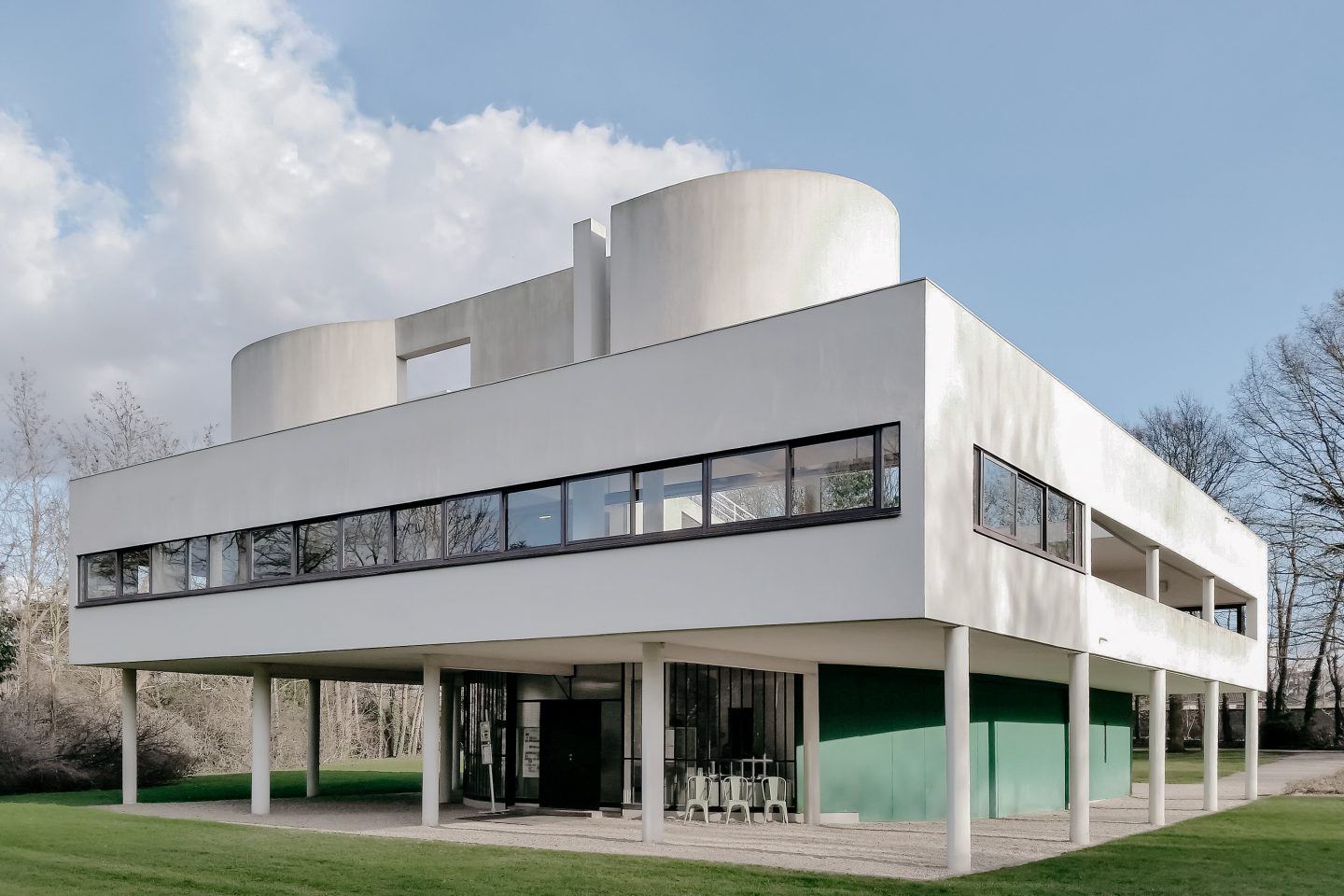If you are an architect or a designer, then you most certainly know about the modern architecture pioneer, Le Corbusier. You probably know about his Villa Savoye (this villa showcases what are commonly known as Le Corbusier’s 5 Points of Architecture), Ronchamp Chapel, the Modulor, and his unrealized plan for the Radiant City, but did you know that the famous architect has never actually studied architecture? Or that there is a banknote carrying his picture? Check these interesting facts about the famous architect. Unfortunately, some of them might let you down.
What is Le Corbusier famous for?
- Villa Savoye
- Colline Notre Dame du Haut
- Unité d’Habitation: A residential urban complex
- Maison Dom-Ino: The unbuilt prototype for modular housing
- The Master Plan for Chandigarh, India
- Toward a New Architecture: a book
What style is Le Corbusier?
Le Corbusier’s style can be summarised through his architectural manifesto “Five Points of a New Architecture” which is observed in his Villa Savoye. These five points are:
- The Pilotis: the structural elements carrying the building
- Open Floorplan
- A Facade free of structure
- Strip Windows
- The Roof Garden
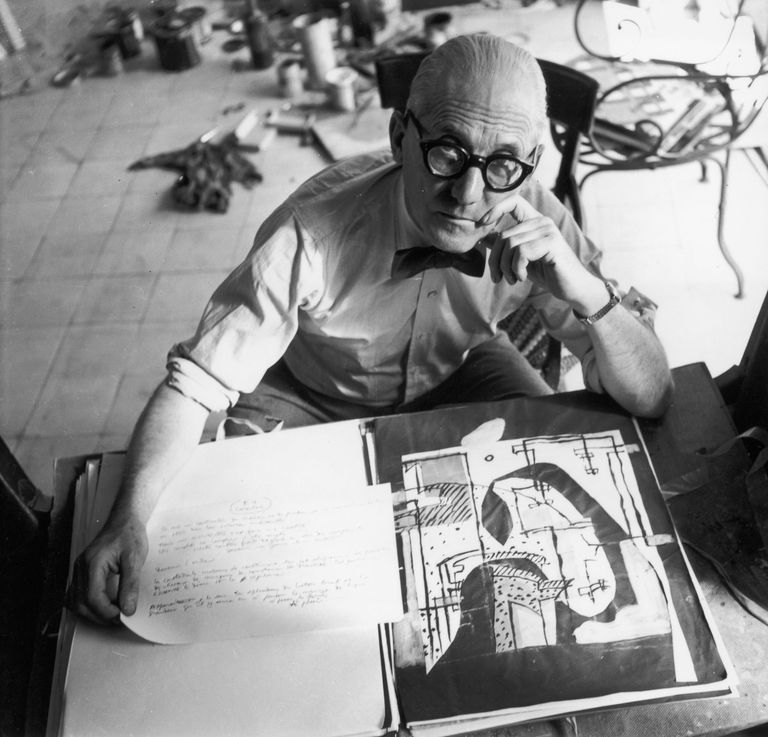
Via: GETTY IMAGES
14 Interesting Facts About Le Corbusier:
1. The architect’s actual name is Charles-Édouard Jeanneret-Gris, but he named himself Le Corbusier in 1920. The name is a variation of his grandfather’s name, Lecorbésier. Adopting a single name was popular among artists back in the time.
2. Le Corbusier never had formal academic education in architecture. He taught himself by reading books, visiting museums, and sketching buildings. He told the BBC in 1951 “I am anti-school. I am going to confess to you that I left school at 13 because schools were very mean in the past, they were no fun.”
3. Le Corbusier became nearly blind in one eye around 1918. He would argue that his glasses should be half-priced accordingly.
4. In 1934, Philip Johnson-designed his own glasses, inspired by Le Corbusier’s signature glasses, and handed the designs to be made by Cartier.
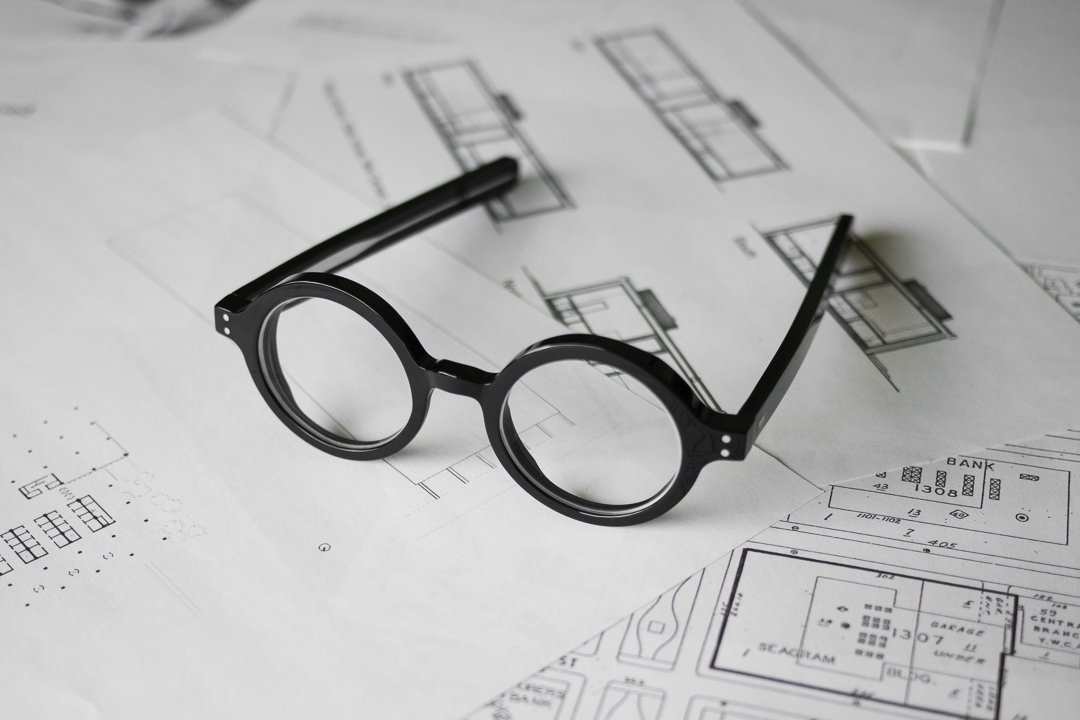
Philip Johnson-designed his own glasses, inspired by Le Corbusier’s, 1934
5. Le Corbusier was invited by Fascist Italian Prime Minister Benito Mussolini to lecture in Rome, in 1934.
6. Le Corbusier and his cousin Pierre Jeanneret designed a car, in 1936, and called it Voiture Minimum. They described it as a “minimalist vehicle for maximum functionality.” The car was never, actually, manufactured, but the architect was persistent that it inspired the Volkswagen Beetle.
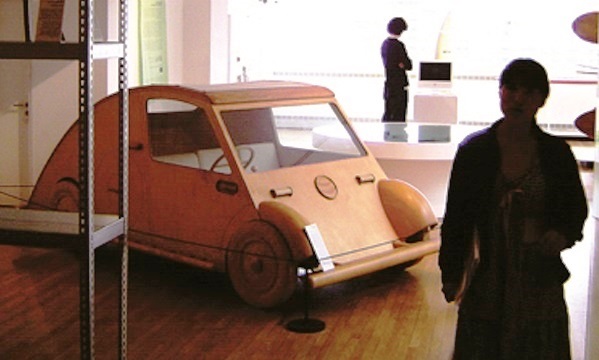
Voiture Minimum car, in 1936
7. In 1944, Le Corbusier accepted an urban planning position offered by the French Vichy government which supported Nazi German. He was to work on the redesign of a number of cities including Algiers. However, his plans were rejected and he decided to withdraw from political life.
8. Le Corbusier designed India’s first planned city, after the country’s independence, in the 1950s. His design for the city was based on his concepts for the Radiant City. He, also, designed a number of administrative buildings for Chandigarh. Although the city’s design was quite influential, especially in the former Soviet Union, it was criticized for being pedestrian-unfriendly. Also, the buildings were thought to be huge and boring.
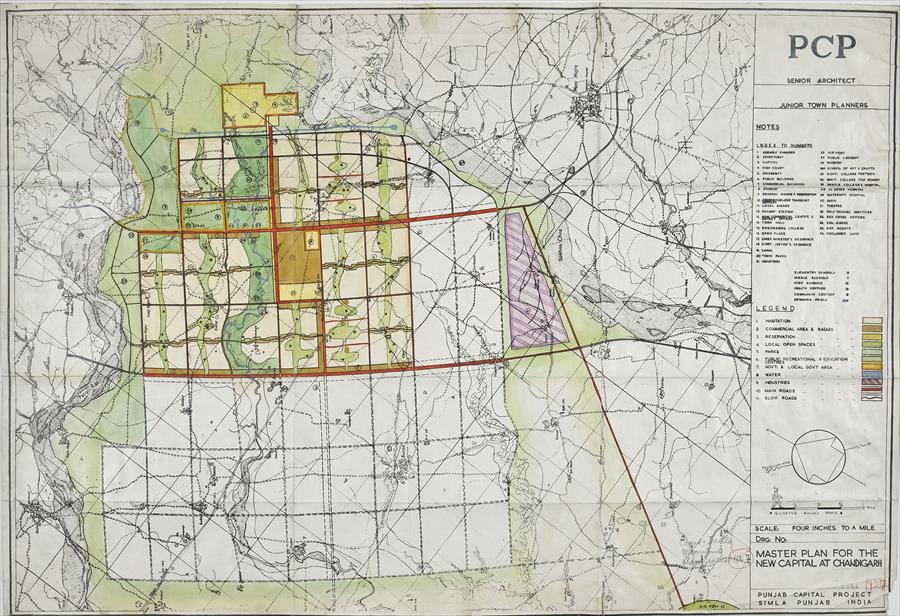
Urbanisme, Chandigarh,© FLC/ADAGP
9. Le Corbusier met with Albert Einstein at Princeton University in 1964 and discussed the “Modulor.” In spite of Le Corbusier’s “bad” explanation of the idea, as he would say, the scientist described it in a letter as “a scale of proportions which makes the bad difficult and the good easy.”
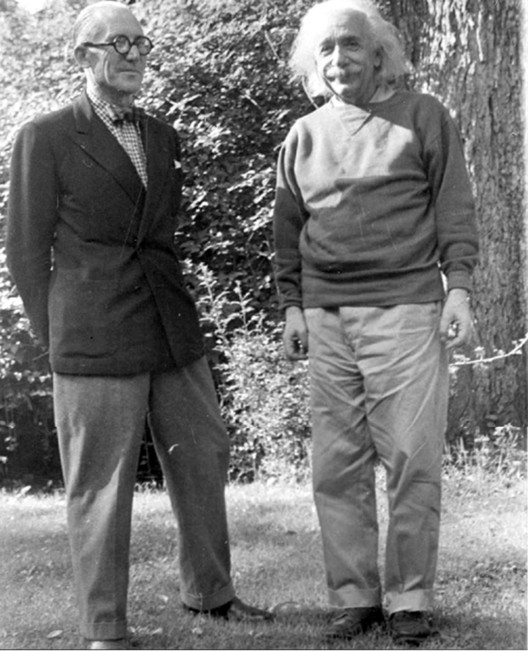
Le Corbusier and Albert Einstein (1946)
10. Le Corbusier married fashion model Yvonne Gallis, in 1930. Although he loved her, that didn’t stop him from having affairs with French entertainer Josephine Baker and Swedish-American heiress Marguerite Tjader Harris.
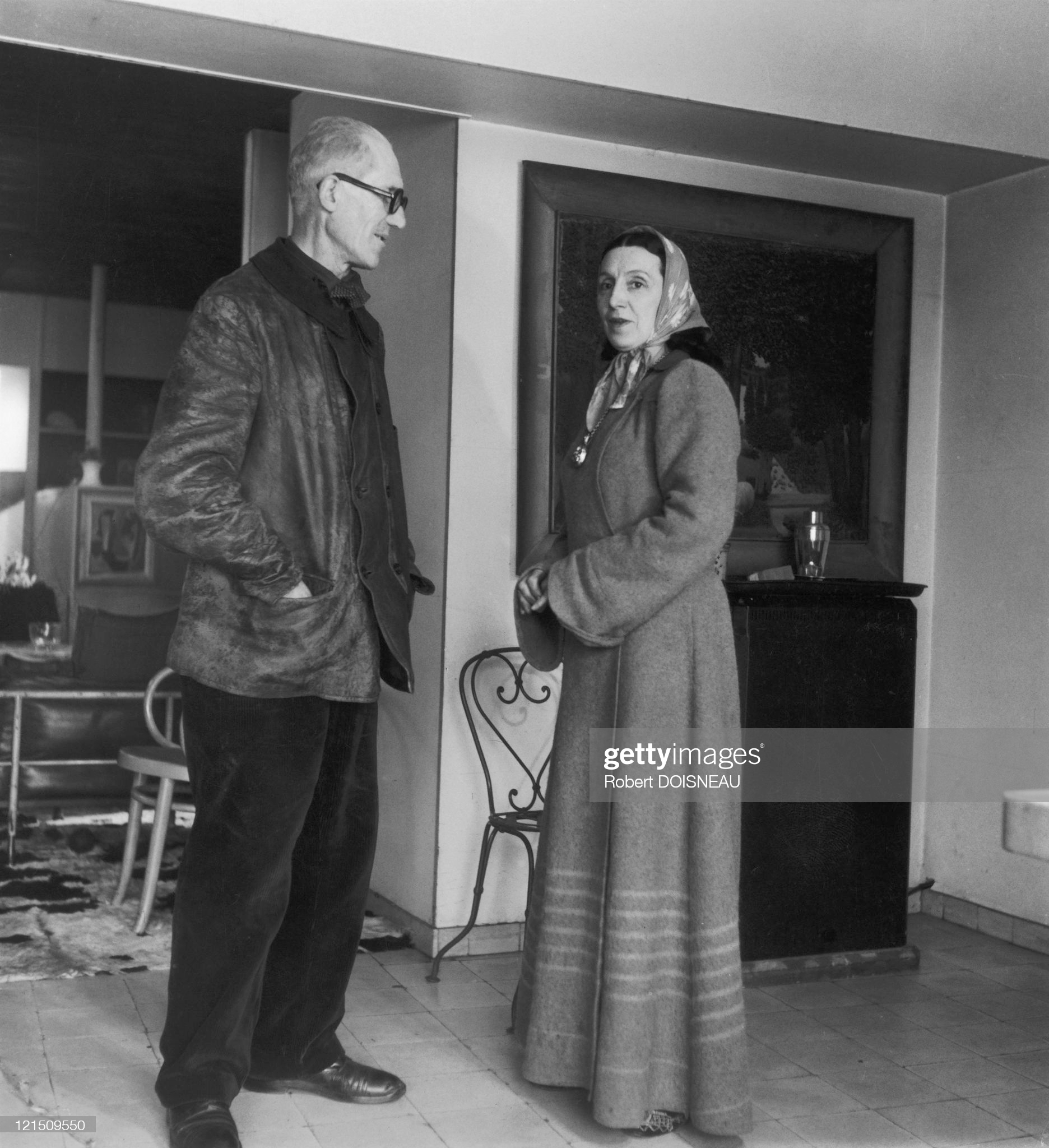
Le Corbusier And Yvonne Le Corbusier (Photo by Robert DOISNEAU / Gamma-Rapho / Getty Images)
11. After Yvonne Gallis had died, Le Corbusier kept her non-cremated backbone in the back pocket of his trousers and never took it out except when he was working; he would place it on the table right in front of him to look at.
12. Le Corbusier who was quoted saying “How nice it would be to die swimming toward the sun,” did, actually, die in 1965 while taking a long swim in the Mediterranean, against his doctor’s instructions. His dead body washed ashore later. It is believed he died of a heart attack.
13. Surrealist painter Salvador Dali described Le Corbusier’s buildings as “the ugliest and most unacceptable buildings in the world,” after the latter’s death in 1965. Dali continued his ‘mourning’ by saying that Le Corbusier’s death filled him with an “immense joy” and calling him a “pitiable creature working in reinforced concrete.” However, that never stopped Dali from placing flowers on the late architect’s grave: “on the one hand I detested him but on the other hand I am an absolute coward.”
14. The Swiss-French architect and his works are featured on the Swiss 10 franc banknote, and there are streets in Canada and Argentine named after him.


